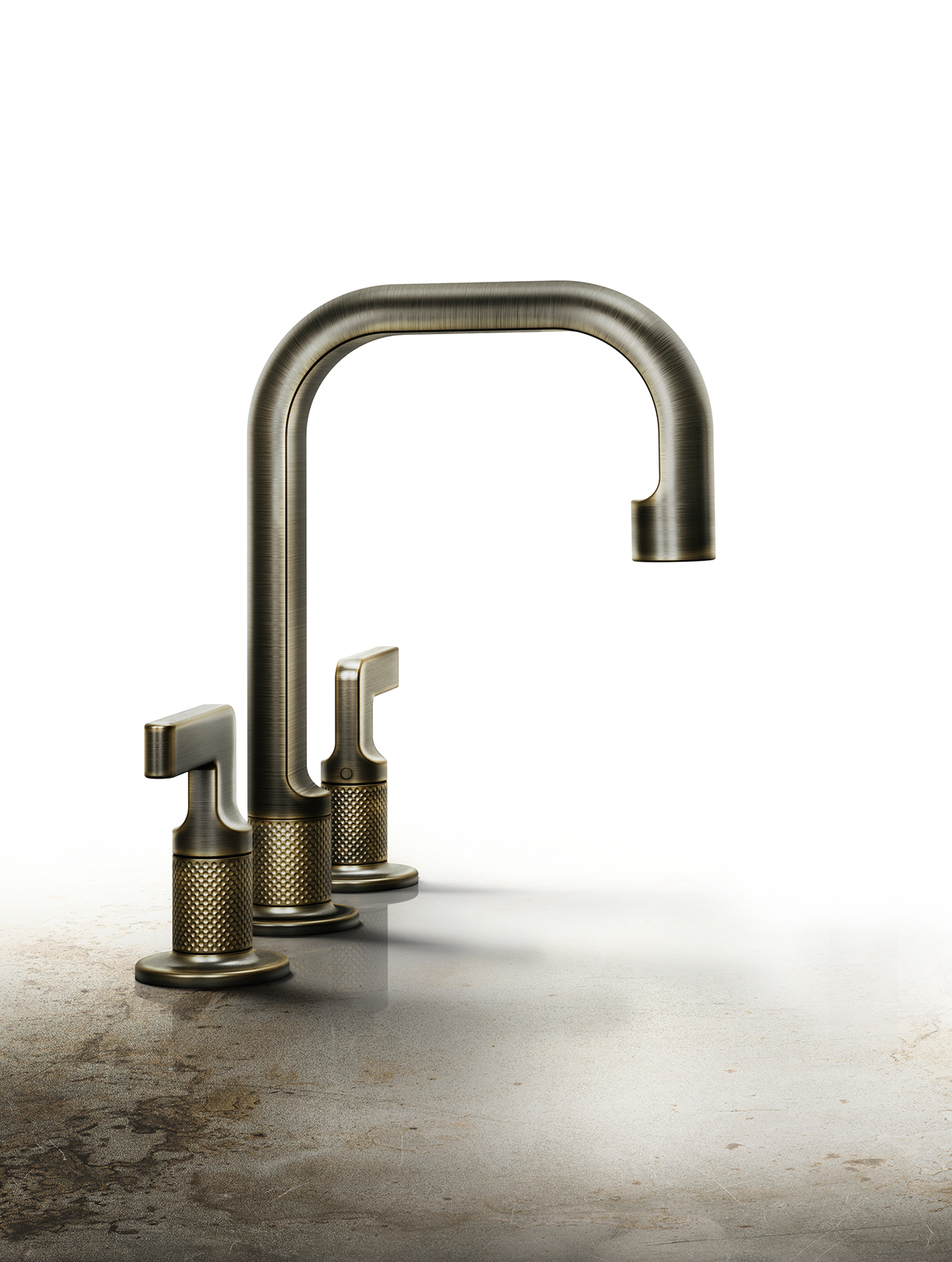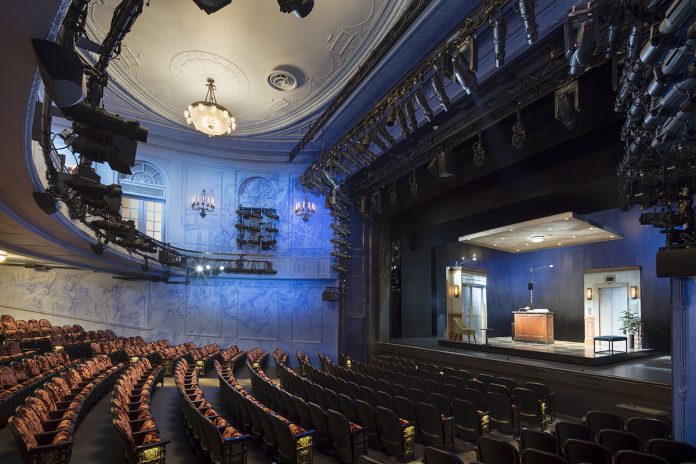The Diner at the Milan Design Week and The Helen Hayes Theatre in Broadway, two ways to design ‘theatrical’ environments. Where do they differ?
The Hayes Theater and The Diner offer two very different programs. We renovated the 100-year-old theater — the smallest on Broadway — to create a modern, approachable design vocabulary that references the Hayes’s heritage as well as Second Stage’s goals to bring contemporary works of theater to life by living American playwrights. The Diner, by contrast, is a pop-up restaurant concept that celebrates a quintessentially American design icon (the diner), and brings people together for shared experiences. It also highlighted contemporary design of the highest quality through partnerships with manufacturers and furniture brands. While they are different, both spaces share an immersive, enveloping quality that transports visitors. Both places also cultivate shared experiences around art and culture, something we at Rockwell Group feel is increasingly important.
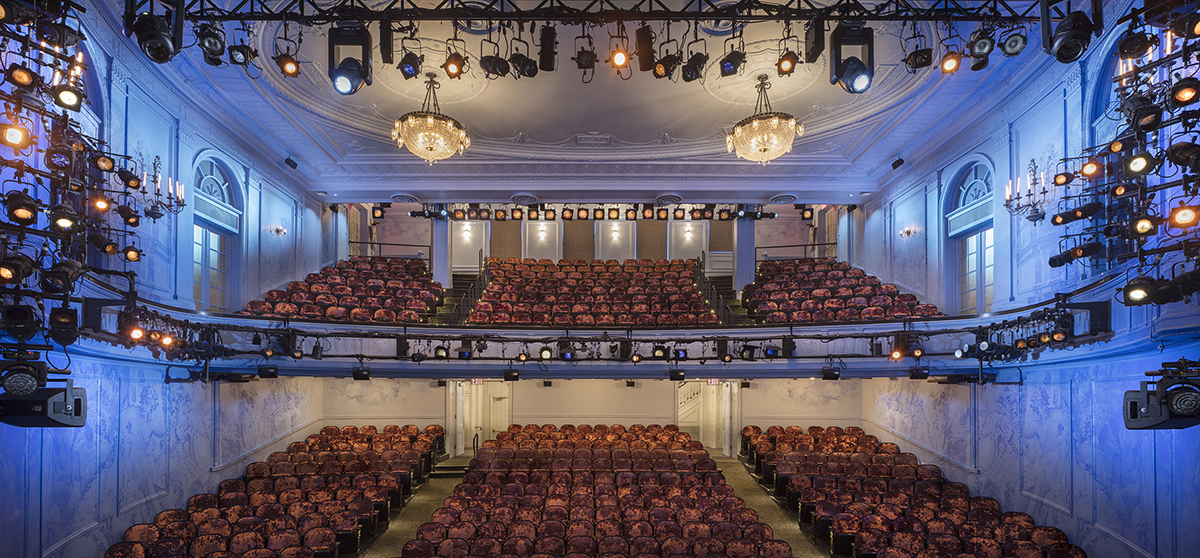
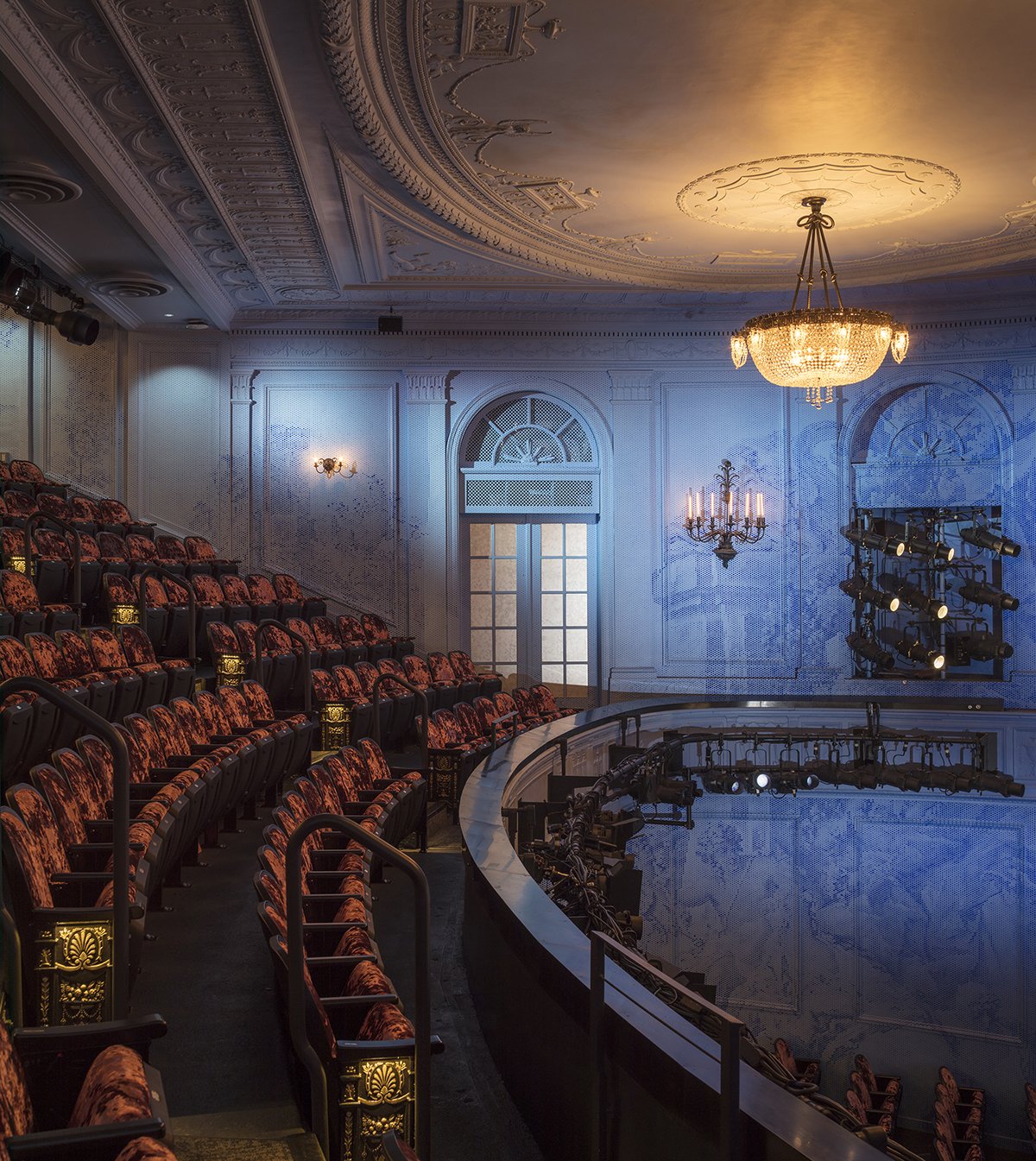
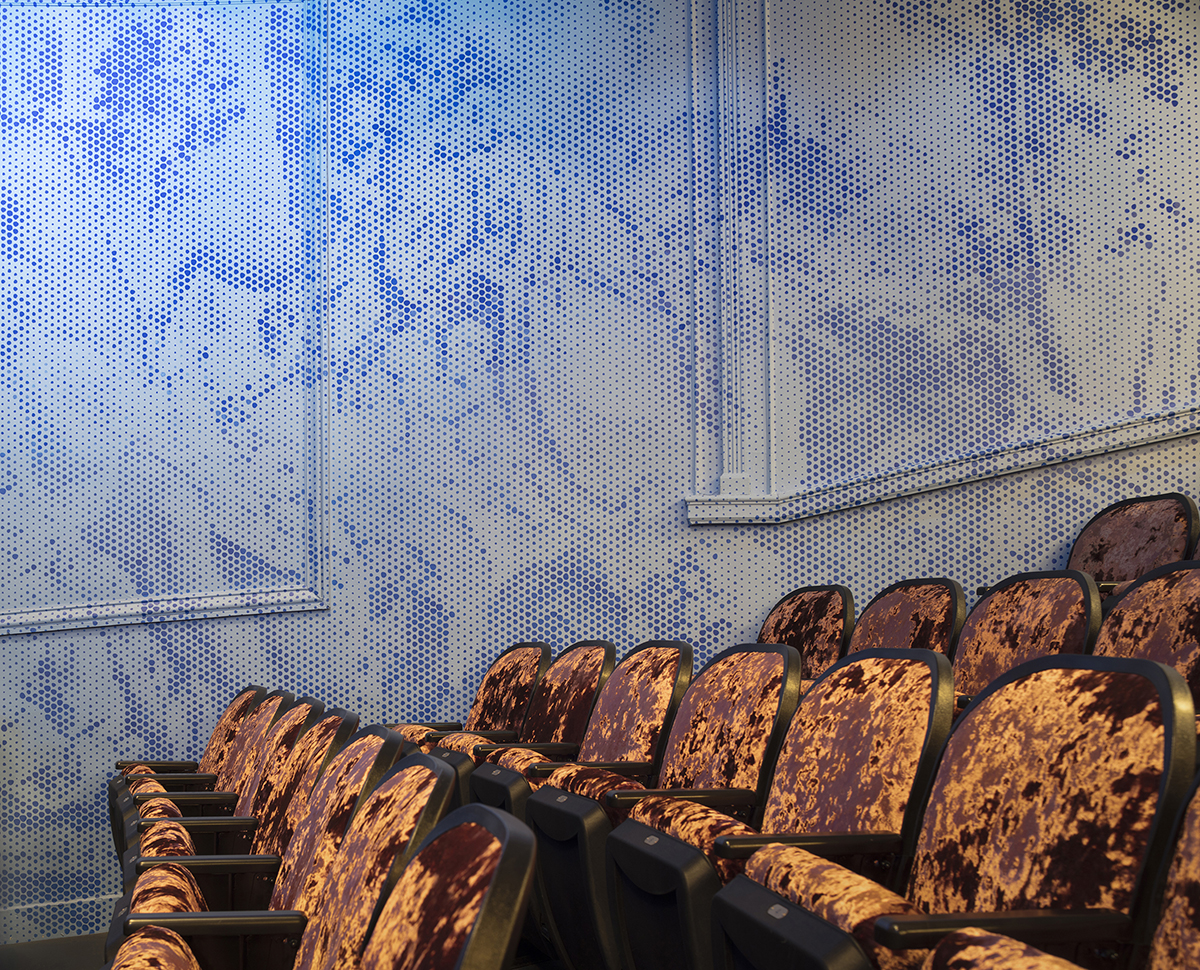
What kind of values do ‘temporary’ design has? Either for events like The Diner or for stage sets?
Part of the power of theater is that it’s temporary, and experienced in the moment, and a particular performance cannot be repeated. Temporary works have tremendous power to create lasting memories. Additionally, set design and temporary events have become a place where huge experimentation and trial and error could take place without being frozen to legacy. Performance is brilliant grounds for risk taking.
What’s your relationship with theatre/drama like? What are the connections between theatre related design and architecture?
The theater was one of my first loves as a child — my mother ran a community theater in New Jersey and the first show I saw on Broadway was Fiddler on the Roof. It was the first time that I became aware that environments could actually be controlled, manipulated, and ultimately designed. Then I was hooked. I have used elements of theater in all of my architecture work and vice versa. I take tools and ideas from my architecture tool box and bring those to theater, and of course in architecture I’m going the other way around. Designing for the stage requires a lot of invention and creation of effect in highly constrained stage space. This experience can be advantageous when creating spaces and scenography for restaurants or hotels.
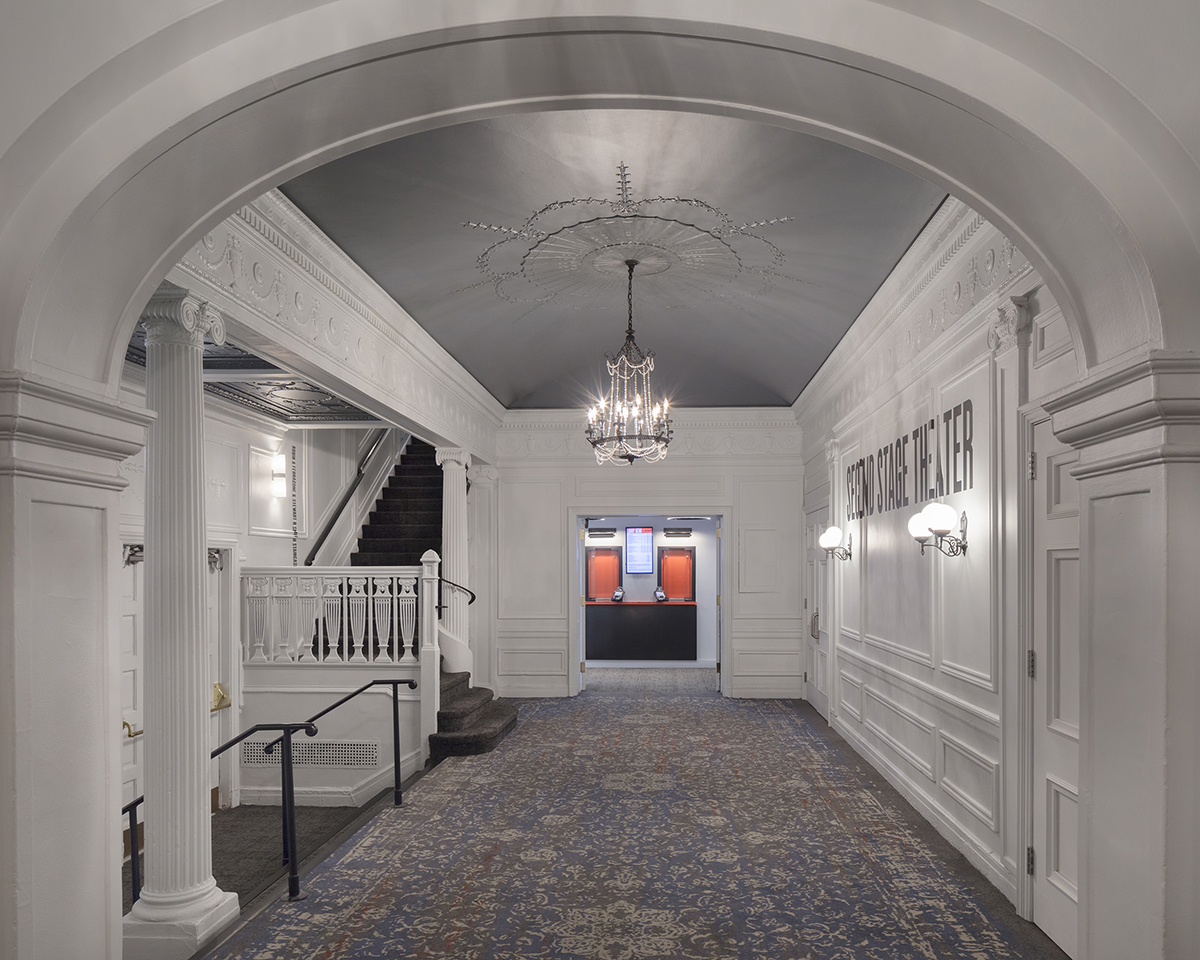
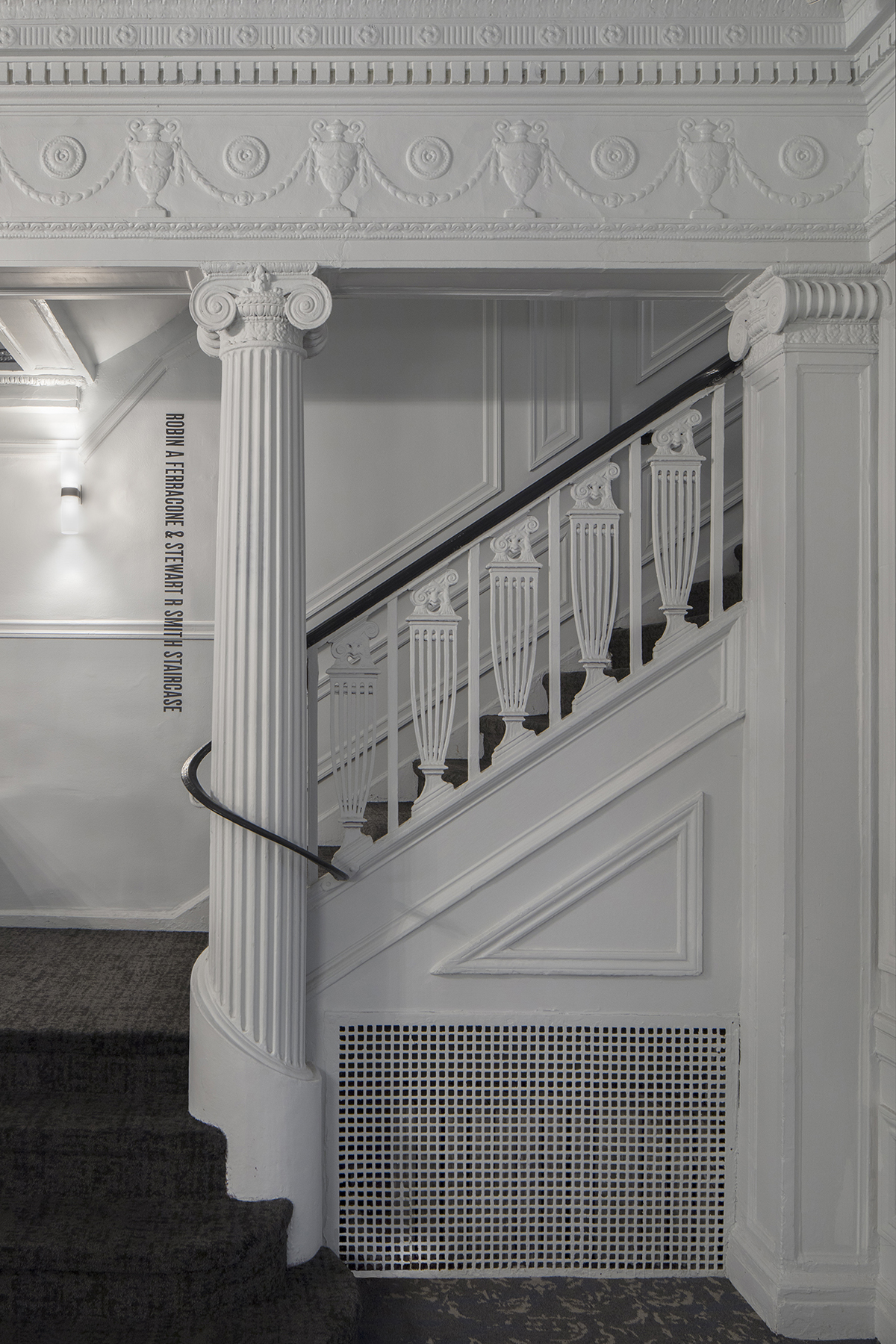
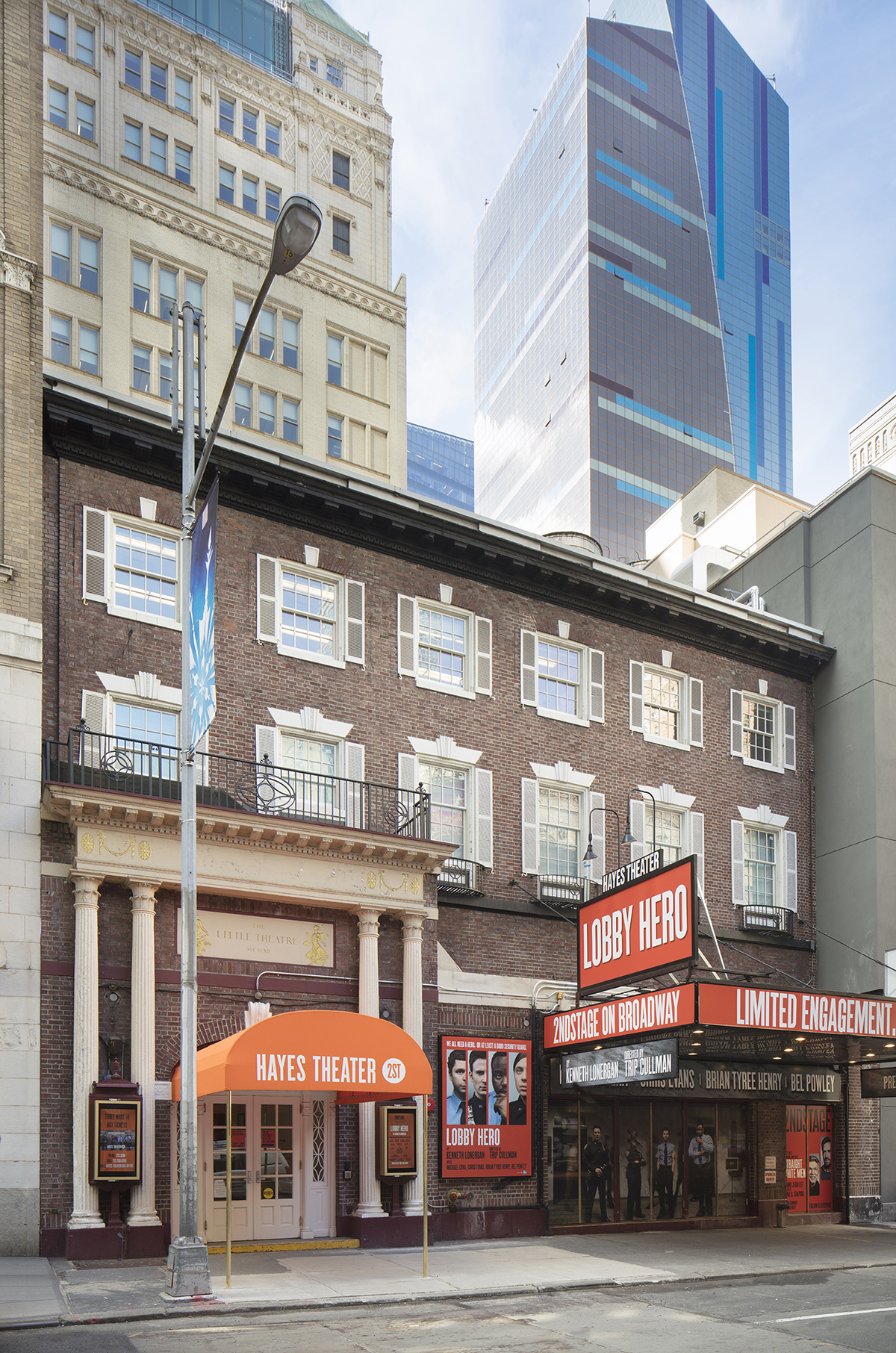
What do you think of the last Milan Design Week?
It’s incredible! What I love about Milan Design Week is that it is the design industry’s version of the World’s Fair. There is such a sense of wonder and discovery that spills over into the city, which has its own rich history of design. The grand scale combined with the feeling of excitement and energy there attracts people from around the world. It’s also very inclusive in the sense that established, emerging and student designers are well represented at the various events.
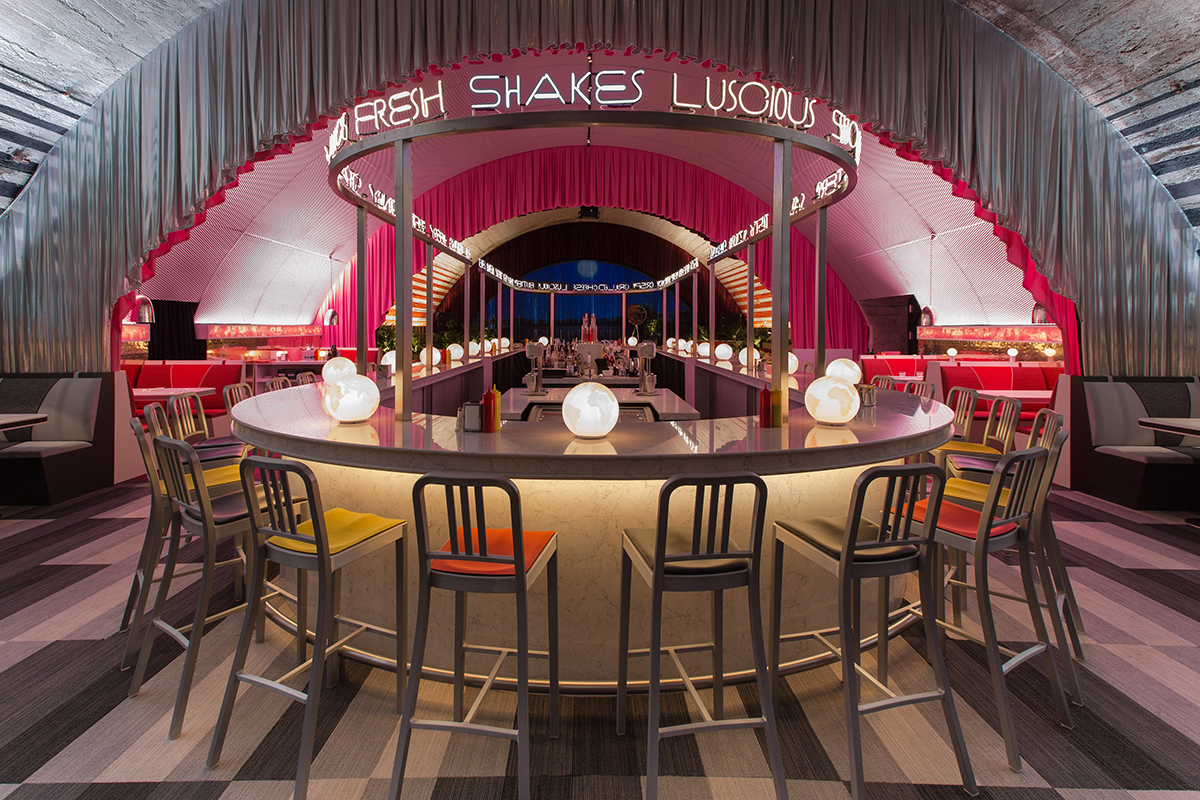
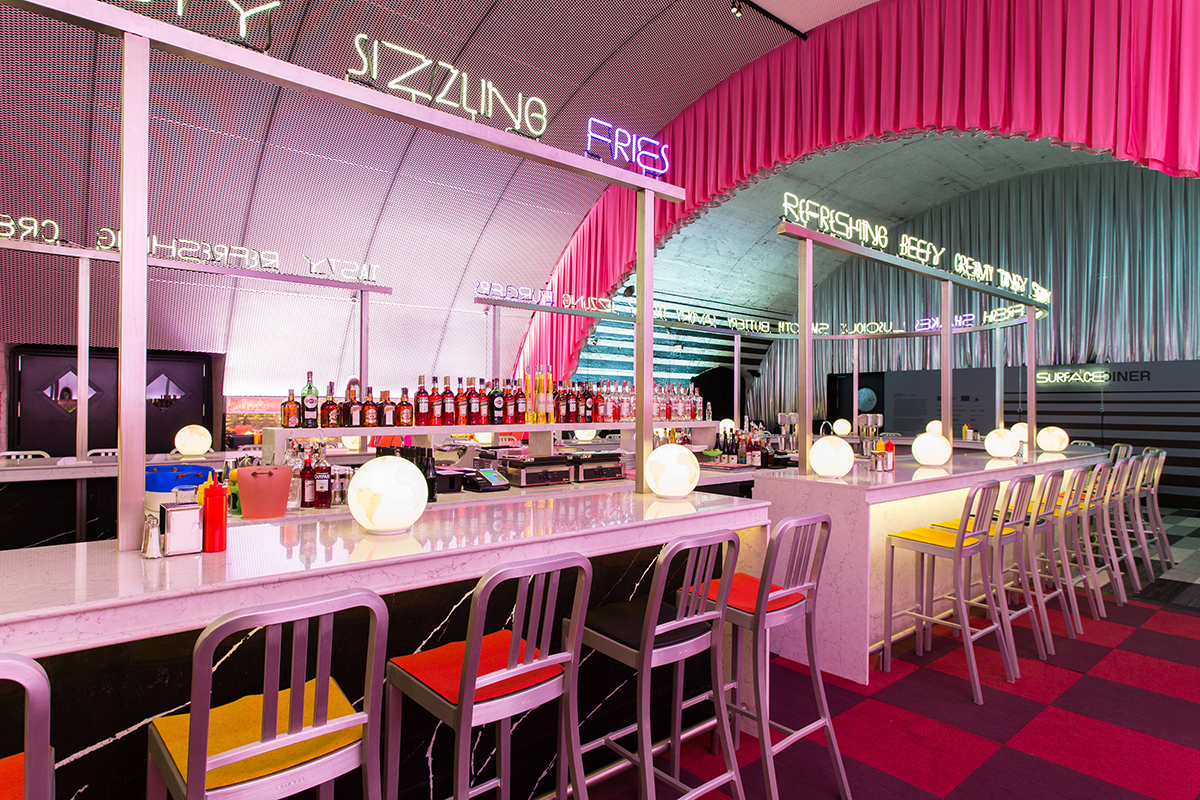
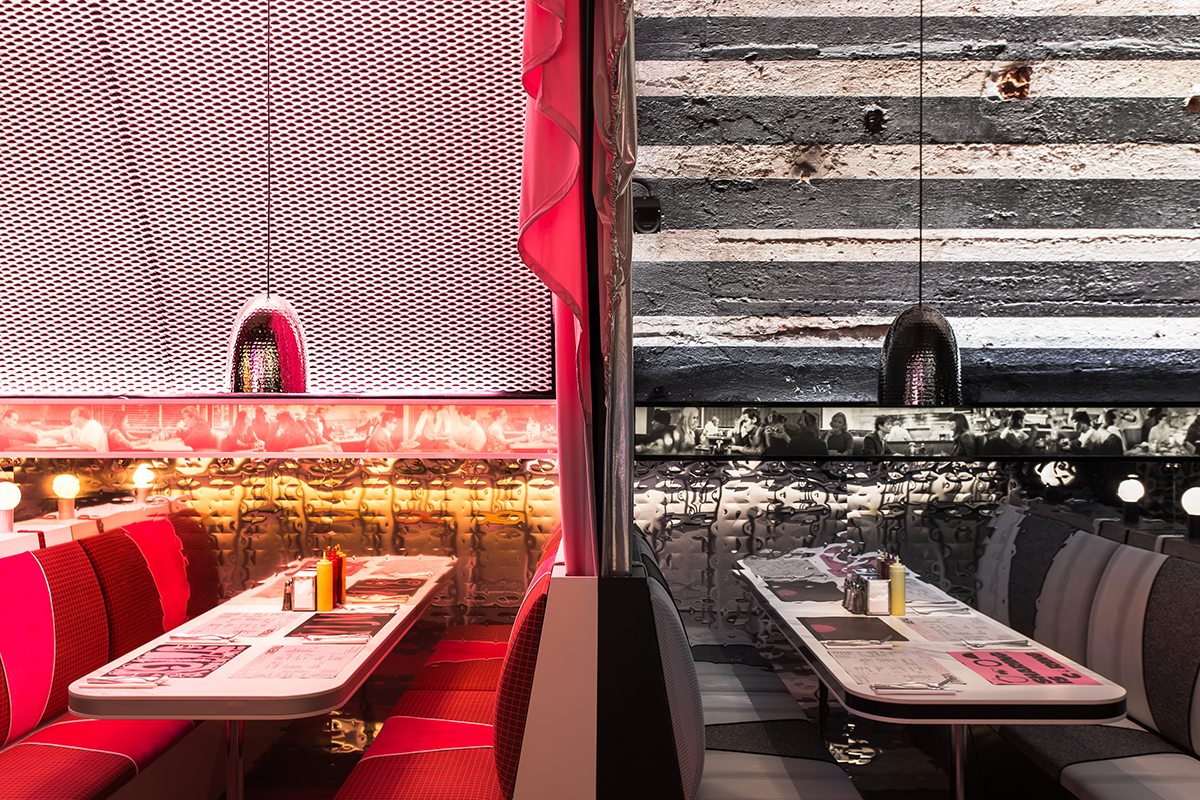
And what about the one in New York these days? Does your studio take part with an event?
Yes, Rockwell Group participates in NYCxDESIGN, including events like ICFF, Wanted and Brooklyn Designs, every spring. You can typically catch one of our studio leaders or senior designers on a panel or talk. Last year, we collaborated with interior design students on the concept and design of Wanted’s exhibition space and our LAB at Rockwell Group designed the entrance to Collective. This year, Gessi is showing the full line of our Inciso collection, a selection of bath fixtures and accessories suitable for a variety of home and hospitality environments. Launched in April during Milan’s Salone del Mobile, Inciso channels the honesty of traditional craftsmanship with clean modern forms consistent with the tradition of Gessi. We’re excited to show the entire collection to the American market.
